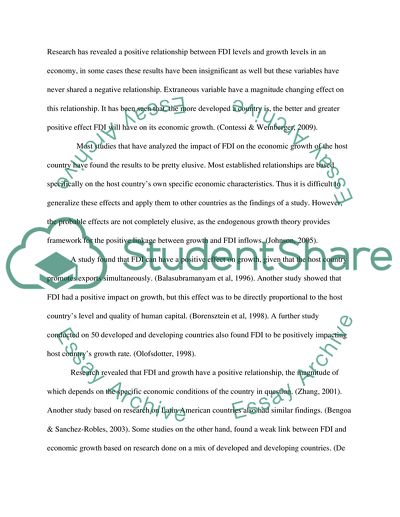Cite this document
(“The Impact of Inward Foreign Direct Investment on Host Countries Essay”, n.d.)
The Impact of Inward Foreign Direct Investment on Host Countries Essay. Retrieved from https://studentshare.org/macro-microeconomics/1780162-examine-the-impact-of-inward-foreign-direct-investment-on-host-countries-and-suggest-policy-measures-for-host-countries-to-maximise-the-net-benefit-from-such-investment
The Impact of Inward Foreign Direct Investment on Host Countries Essay. Retrieved from https://studentshare.org/macro-microeconomics/1780162-examine-the-impact-of-inward-foreign-direct-investment-on-host-countries-and-suggest-policy-measures-for-host-countries-to-maximise-the-net-benefit-from-such-investment
(The Impact of Inward Foreign Direct Investment on Host Countries Essay)
The Impact of Inward Foreign Direct Investment on Host Countries Essay. https://studentshare.org/macro-microeconomics/1780162-examine-the-impact-of-inward-foreign-direct-investment-on-host-countries-and-suggest-policy-measures-for-host-countries-to-maximise-the-net-benefit-from-such-investment.
The Impact of Inward Foreign Direct Investment on Host Countries Essay. https://studentshare.org/macro-microeconomics/1780162-examine-the-impact-of-inward-foreign-direct-investment-on-host-countries-and-suggest-policy-measures-for-host-countries-to-maximise-the-net-benefit-from-such-investment.
“The Impact of Inward Foreign Direct Investment on Host Countries Essay”, n.d. https://studentshare.org/macro-microeconomics/1780162-examine-the-impact-of-inward-foreign-direct-investment-on-host-countries-and-suggest-policy-measures-for-host-countries-to-maximise-the-net-benefit-from-such-investment.


